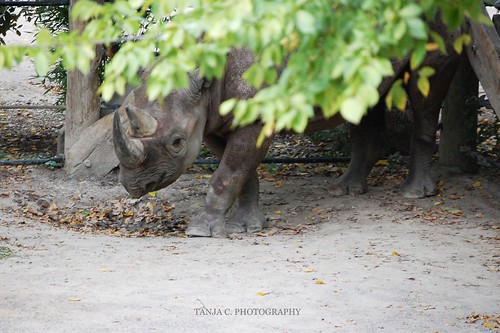
To trace the origins of the Rhinoceros, we’d have to go back some millennia — almost 56 million years ago, to be precise. That’s when the first ancestors of the modern Rhinos roamed the planet. They were more horse-like in structure and had no horns. Old rhino bones found from this period in North America show a gradual evolution from this old horse-like structure into one more aligned with today’s rhino. Over the years, there were three distinct species that scientists think might be the ancestors of today’s rhinos. One of these was called the ‘running rhino,’ which was adapted for speed.
Another was more aquatic and resembled today’s hippopotamus. The last, most direct ancestors to the modern rhinoceros appeared approximately 25 million years ago and had multiple subspecies in their families. Of these, the wooly rhinoceros was one of the largest subspecies, weighing almost four times the size of the average African elephant, and boasting one-meter-long horns. This species inhabited a large area, from Siberia to the British Isles. These plant-eaters lived alongside the wooly mammoths, and have been found fossilized in ice and in cave paintings made during that period.
These rhinos only lived in Asia initially but began traveling to other places around 25 million years ago. Over time, these rhino ancestors roamed the continents, primarily living in Eurasia (Europe and Asia combined) and North America. However, the American rhinos went extinct sometime between 5.4 and 2.4 million years ago.
Rhinos have also featured in many Asian and African legends — they are the fire-stamping heroes in many stories from Burma, India, and Malaysia. According to these stories, rhinos appeared every time a fire was lit in the forest and would stamp out the flames. So popular is this tale that it even featured in a popular 1980 South African movie named “The Gods Must Be Crazy.”
Unfortunately, these once-abundant creatures have lost out to human activity. Hunting, and now, poaching and habitat loss, have drastically reduced the number of rhinos across the world. Rhino horns are also integral to traditional medicine in many parts of Asia, with people believing it has mystical powers. Since 2007, there has been a sharp increase in poaching activity and illegal trade of rhino horns, to the extent that many subspecies of rhinos have been declared extinct and the entire rhino population is listed as ‘endangered’.
